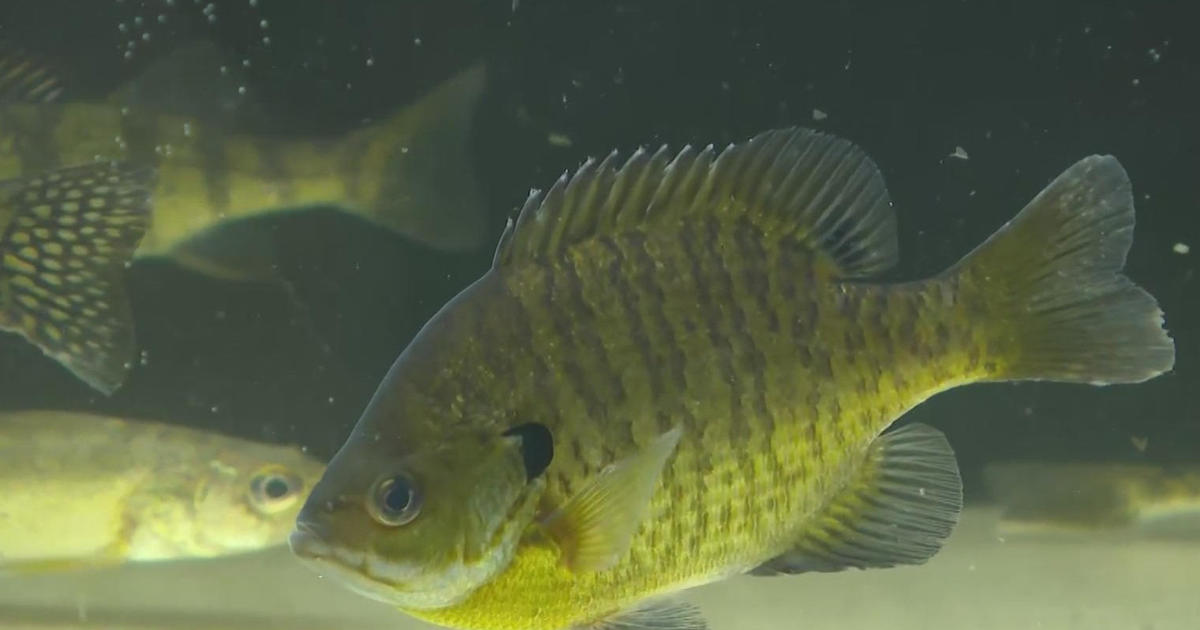Minnesota Anglers, Gardeners Urged To Beware Of Invasive Jumping Worm
MINNEAPOLIS (WCCO) -- Scientists are warning anglers and gardeners to beware of a slithering invasive creature that's gaining ground in Minnesota -- the jumping worm.
Jumping worms are a type of earthworm native to Asia. While they might look like normal nightcrawlers, they forcefully thrash about like a snake when disturbed, almost as if they were jumping. Unlike their European counterparts, these earthworms are voracious eaters, turning topsoil into something that looks like coffee grounds, which leads to erosion.
In an "expert alert" posted Tuesday by the University of Minnesota, Ryan Hueffmeier, a U of M Duluth professor, said it's important not to spread jumping worms to new areas of Minnesota. Currently, the invasive species live in the southeastern portion of the state, as well as the Twin Cities metro. They've been documented as far north as St. Cloud.
All it takes is one jumping worm to start a population, since the species is able to clone itself, experts say. Unfortunately, these nightcrawlers aren't even good for fishing, as their bodies tend to break apart easily.
To stop the spread of jumping worms, gardeners are asked to be curious about where their plants and materials come from and inspect them for jumping worms. While the worms might prove tricky to identify for nonexperts, Hueffmeier suggests that gardeners put all their recent purchases into a secondary container for a week or so before planting. This way, gardeners can inspect the soil after a few days to see if it's become a fine, coffee ground-like texture.
Additionally, anglers who use nightcrawlers as bait (and who might have been sold jumping worms) are encouraged to throw remaining bait in the trash, so as to not introduce the invasive worms into new areas. Hueffmeier says that once jumping worms are introduced into a new environment, "it's too late."
According to the Minnesota Department of Natural Resources, jumping worms tend to live in the first few inches of topsoil and are often found in Twin Cities garden bends, mulch and compost piles. The first jumping worm in the state was found in Minneapolis' Loring Park in 2006.
Conversation officials say the worms feast on mulch and strip vital nutrients from the soil, killing plants and increasing erosion. They threaten home gardens as well as the soil in Minnesota's forests, potentially changing what kind of plants and animal species those wild places can support.
Jumping worms aren't the only non-native earthworm species in Minnesota. Actually, all earthworms are non-native. Scientists believe that no worms could have lived in Minnesota during the last Ice Age, when much of North America was covered in glaciers. For more than 11,000 years, Minnesota's landscape developed without earthworms until Europeans arrived, bringing their earthworms with them.




